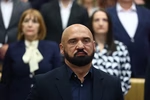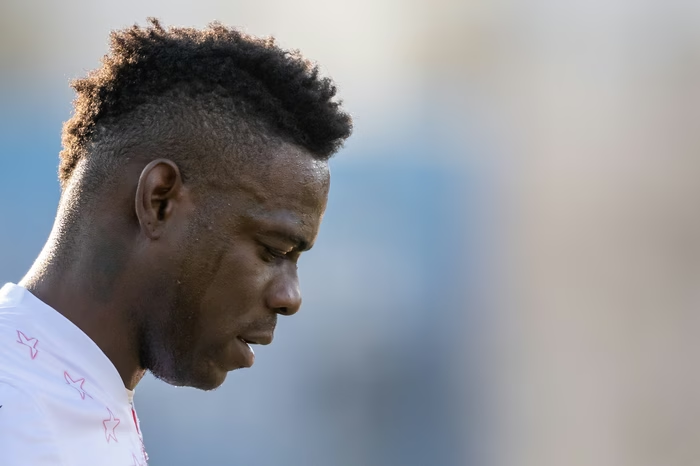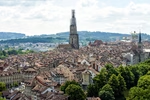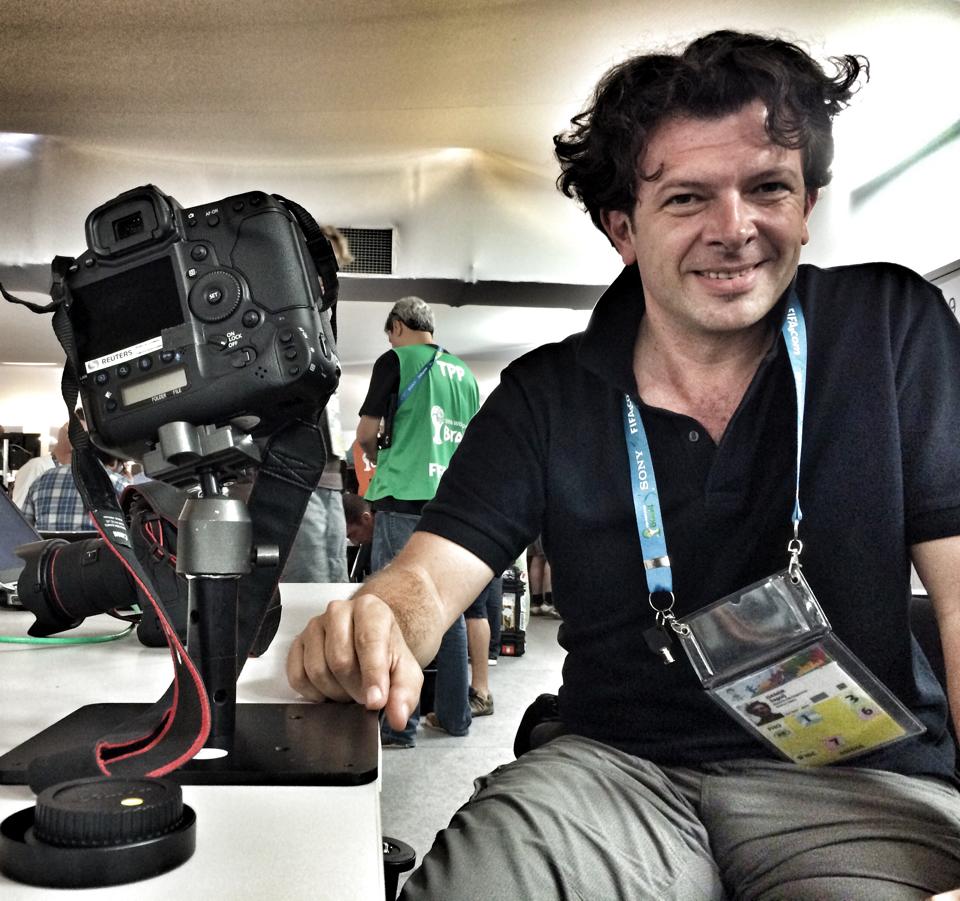
A renowned Bosnian photo-reporter Damir Sagolj was part of the Reuters team who won the Pulitzer prize, several days ago, for a photo testifying to the Rohingya people's tragedy. In an interview with N1 Sarajevo, Sagulj pointed out that every prize is important, the Pulitzer provides ample opportunity, but every photo also leaves a deep mark.
“Every prize is important, but, obviously, the Pulitzer has a lot more weight to it than other prizes, because the world perceives it in such a way. A Pulitzer in journalism is like an Oscar in the film industry and this opens the doors to many opportunities and future work. It is a very important, professional award which is equally important for one's previous and future work. Many things will be a lot easier for me, now that I'm in the Pulitzer award winner category,” Sagolj said.
Four Sagolj's photos are among the photos awarded by the Pulitzer prize. Among them is the photo of a boy Abdul Aziz, whose eyes are forever shut and covered by two leaves.

“It's a photo I shot in December, in one of my last visits to a refugee camp in Bangladesh, where hundreds of thousands of Rohingya were based, after they were expelled from Myanmar. It's one of those horrifying photos for which one remains speechless when they receive an award. Then they look at the photo and realise that now they'll be patted on the back and congratulated on the award of a photo of a dead child, which is horrifying. On the other hand, the photo was necessary for people to see and for the tragedy to be seen and heard of”, he said. “The boy died of pneumonia and it is exactly that fact that shows that the tragedy does not end when one survives an ethnic cleansing and sets from Myanmar to Bangladesh, to a relative safety.”
Staying indifferent to what one experiences and records with a camera lens is impossible. Everything leaves a deep mark on a person.
“I've dealt with this type of photography and reporting my whole life. There are emotions i'm keeping deep inside me and they will probably come out some time, or maybe not. However, just like every professional facing these things, I have my own way of processing them, a story at a time, a photo at a time. Every story leaves a deep mark on me, as did the photo of this child. I've been dealing with the story of Rohingya's suffering for a long time, and the story had culminated last year and this year when the photos came to the limelight thanks to the Pulitzer, however the tragedy has been present for years. I've travelled to Myanmar while the Rohingya were in their homes and then when they were expelled,” Sagolj told the N1.
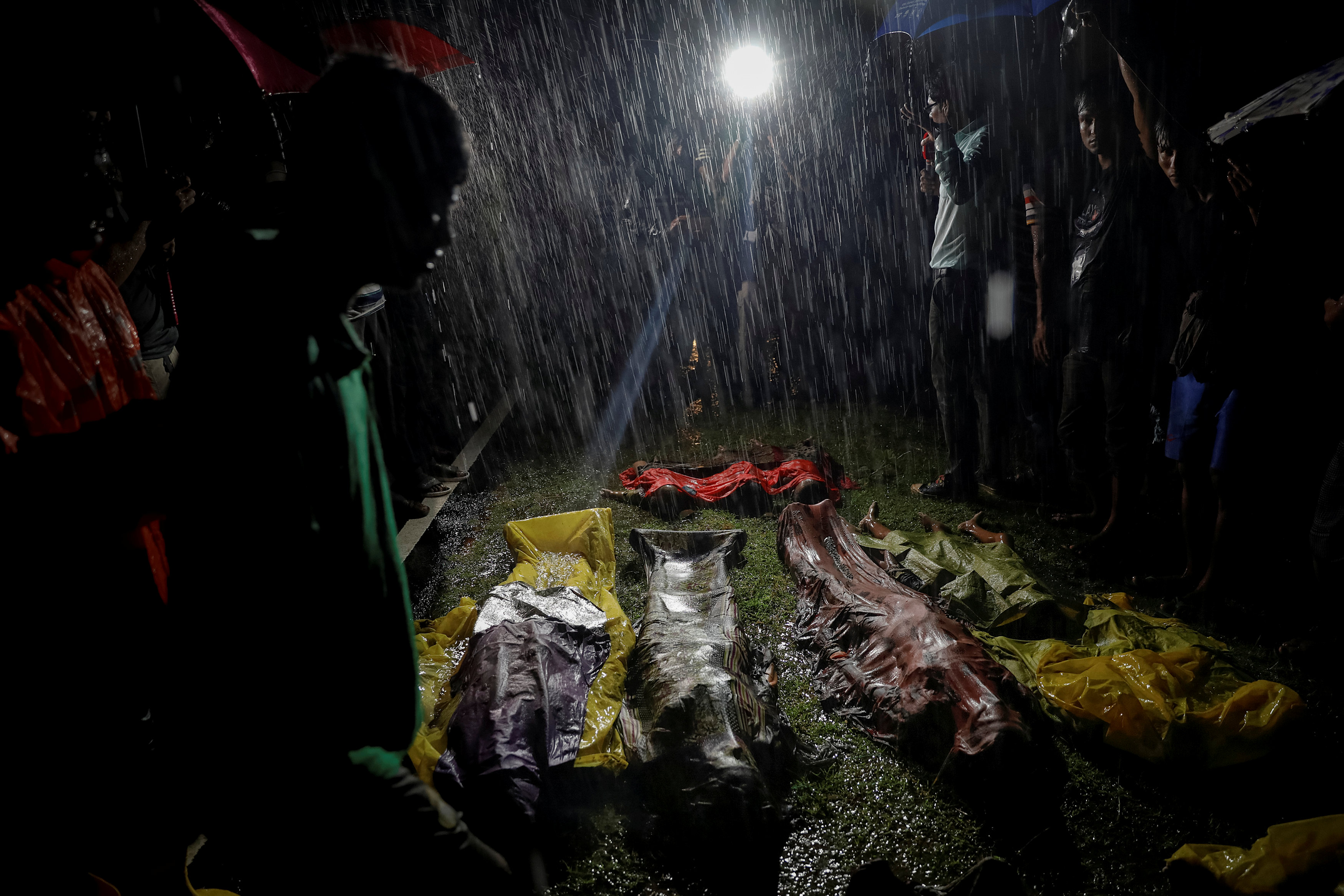
Still, the most stressful photo was the one he made in 2012, when Rohingya were expelled from their homes and placed in refugee camps.
"It saw a 15-16 year-old child, dying from a rabid fever. He was bitten by a dog and he could not get a vaccine because he was put on the wrong side of the camp's wired fence. The pharmacy was left outside the camp and there was no doctor in the camp. It was one of the most terrifying scenes I have ever witnessed. Every violent death in wars and catastrophes is terrifying, but such an injustice where someone is dying from a dog-bite just because they are called Muhammad and they can't go to the other side of the fence to take a serum... Such things leave a pretty deep mark on a person."
Sagolj points out that his task is fair and accurate reporting. Responsibility, as he said, is not on the reporter, but on the individual sitting in the comfort of their home, who does or does not want to see what is being reported.
"I think we should find a way to process these terrible things, because this type of tragedy should not be happening in the 21st century."
Damir Sagolj won numerous awards during his career. In 2016 he was named Reuters' photographer of the year. In an interview with N1 Sarajevo, he pointed out that he was proud of Reuters because they are not doing stories only when they are in the centre of the world's attention, but also when they are in the very beginning, and as long as they are ongoing, even when such stories are not on the front pages of world newspapers.
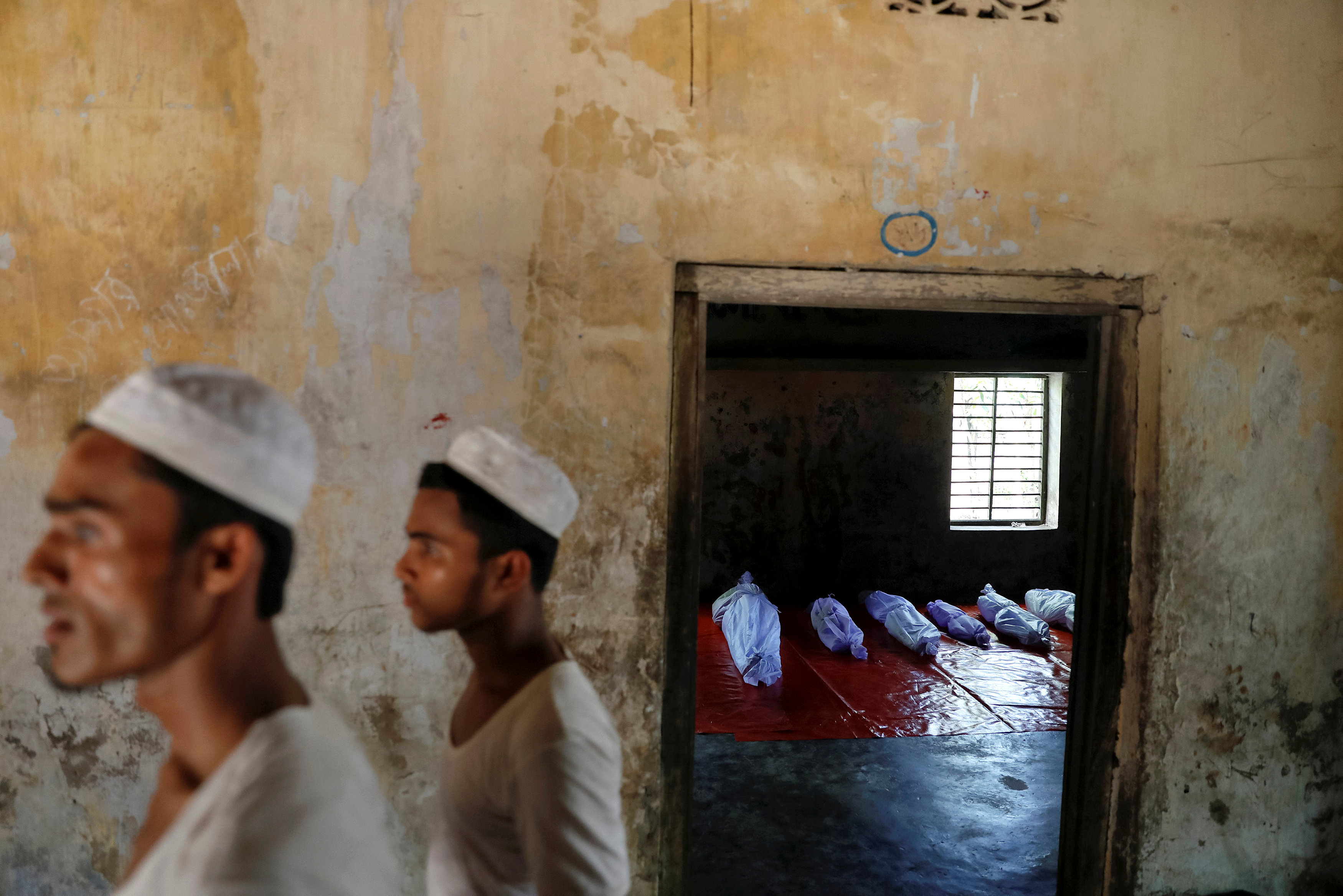
“This award was given to us for comprehensive reporting on the Rohingya. I am proud because the team consisted of photographers from Myanmar and Bangladesh, and two photographers from India. It's one of the greatest moments in my career, even though the awarded subject matter is horrifying.”
During the war in Bosnia, Sagolj stayed in Sarajevo. He was interested in the art of photography ever since he was a child, but his first professional engagement as a photo reporter came after the war. He travelled across the world and visited numerous places of suffering but nothing could compare to the events that took place in Sarajevo, during the Bosnian war.
“Nothing close to the events in Sarajevo, had ever happened in the world. I don't have to tell you this. Every journalist who ever reported from the war-stricken Sarajevo will tell you this. They will speak of Sarajevo with special and very intense emotions. Nothing as intense, dangerous and special had ever happened like the reporting from the war-stricken Sarajevo.”
Sagolj currently lives in China. He said that when the world lacks big events, he always comes back to China and North Korea, to the stories he is personally and professionally interested in. He recently published a big report from the Chinese-North Korean border with many exclusive elements.
He has no plans for the future, because his life is dictated by world events.
Kakvo je tvoje mišljenje o ovome?
Učestvuj u diskusiji ili pročitaj komentare





 Srbija
Srbija
 Hrvatska
Hrvatska
 Slovenija
Slovenija











